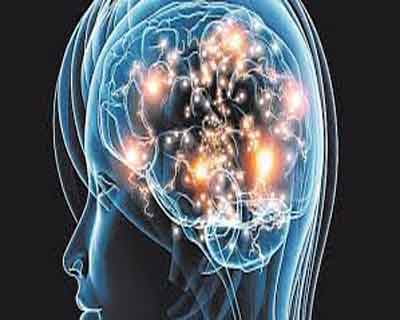- Home
- Editorial
- News
- Practice Guidelines
- Anesthesiology Guidelines
- Cancer Guidelines
- Cardiac Sciences Guidelines
- Critical Care Guidelines
- Dentistry Guidelines
- Dermatology Guidelines
- Diabetes and Endo Guidelines
- Diagnostics Guidelines
- ENT Guidelines
- Featured Practice Guidelines
- Gastroenterology Guidelines
- Geriatrics Guidelines
- Medicine Guidelines
- Nephrology Guidelines
- Neurosciences Guidelines
- Obs and Gynae Guidelines
- Ophthalmology Guidelines
- Orthopaedics Guidelines
- Paediatrics Guidelines
- Psychiatry Guidelines
- Pulmonology Guidelines
- Radiology Guidelines
- Surgery Guidelines
- Urology Guidelines
New imaging tool to help treat common brain disorders

Scientists have developed a new tool to scan the human brain for changes in synapses that are associated with common brain disorders.
A synapse is a junction between two nerve cells, consisting of a minute gap across which impulses pass.
The team from Yale University set out to develop a method for measuring the number of synapses, or synaptic density, in the living brain.
To quantify synapses throughout the brain, they combined Positron Emission Tomography (PET) scanning technology with biochemistry.
A radioactive tracer was developed that, when injected into the body, binds with a key protein that is present in all synapses across the brain.
The researchers used the imaging technique in both baboons and humans and confirmed that the new method did serve as a marker for synaptic density.
It also revealed synaptic loss in three patients with epilepsy compared to healthy individuals.
"This is the first time we have synaptic density measurement in live human beings," said study senior author Richard Carson.
"Up to now any measurement of synaptic density was post-mortem," he added in a paper published in the journal Science Translational Medicine.
The technique may provide insights into the diagnosis and treatment of a broad range of disorders, including epilepsy and Alzheimer's disease.

Disclaimer: This site is primarily intended for healthcare professionals. Any content/information on this website does not replace the advice of medical and/or health professionals and should not be construed as medical/diagnostic advice/endorsement or prescription. Use of this site is subject to our terms of use, privacy policy, advertisement policy. © 2020 Minerva Medical Treatment Pvt Ltd